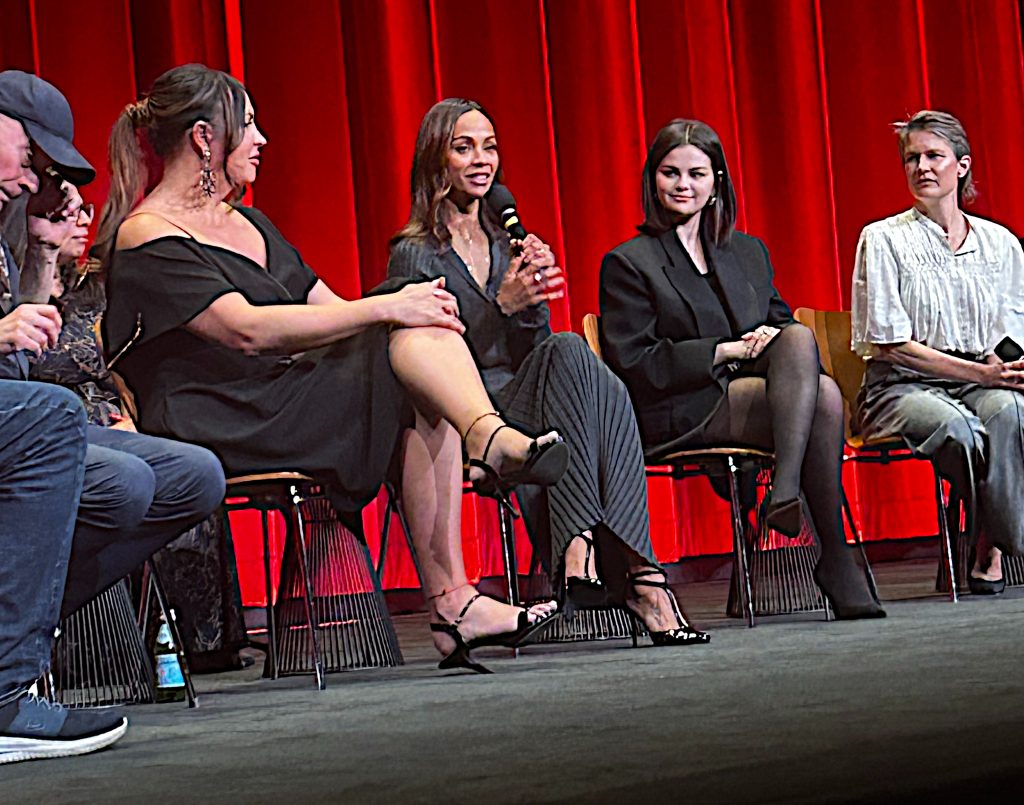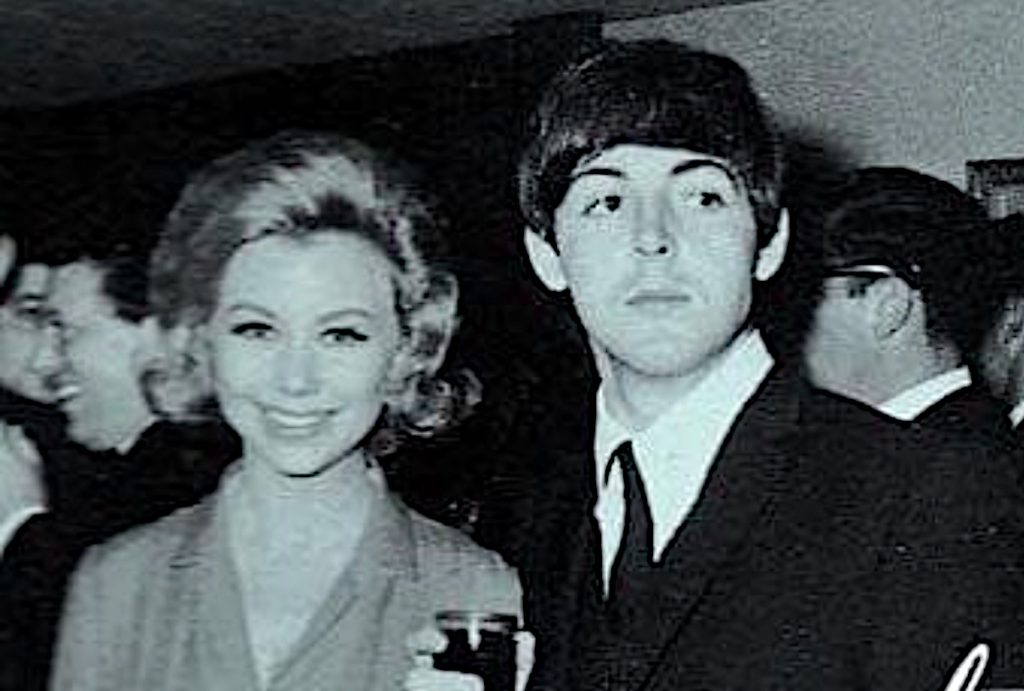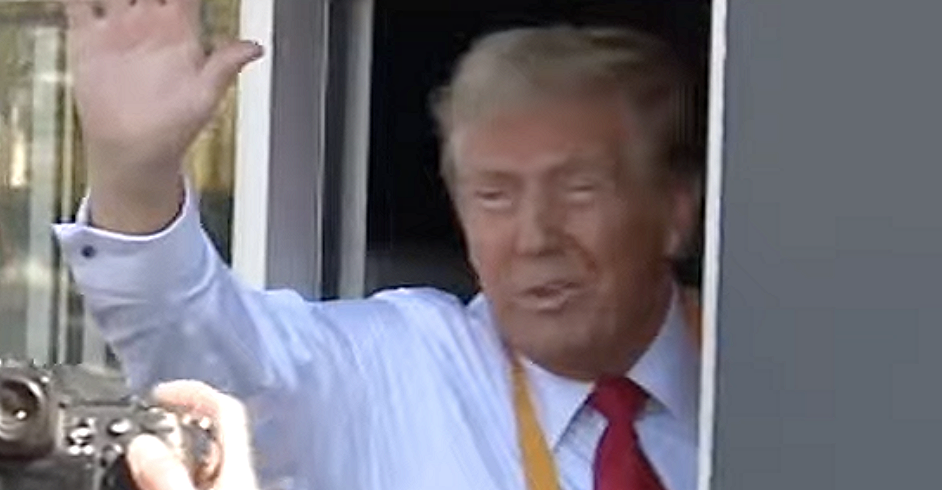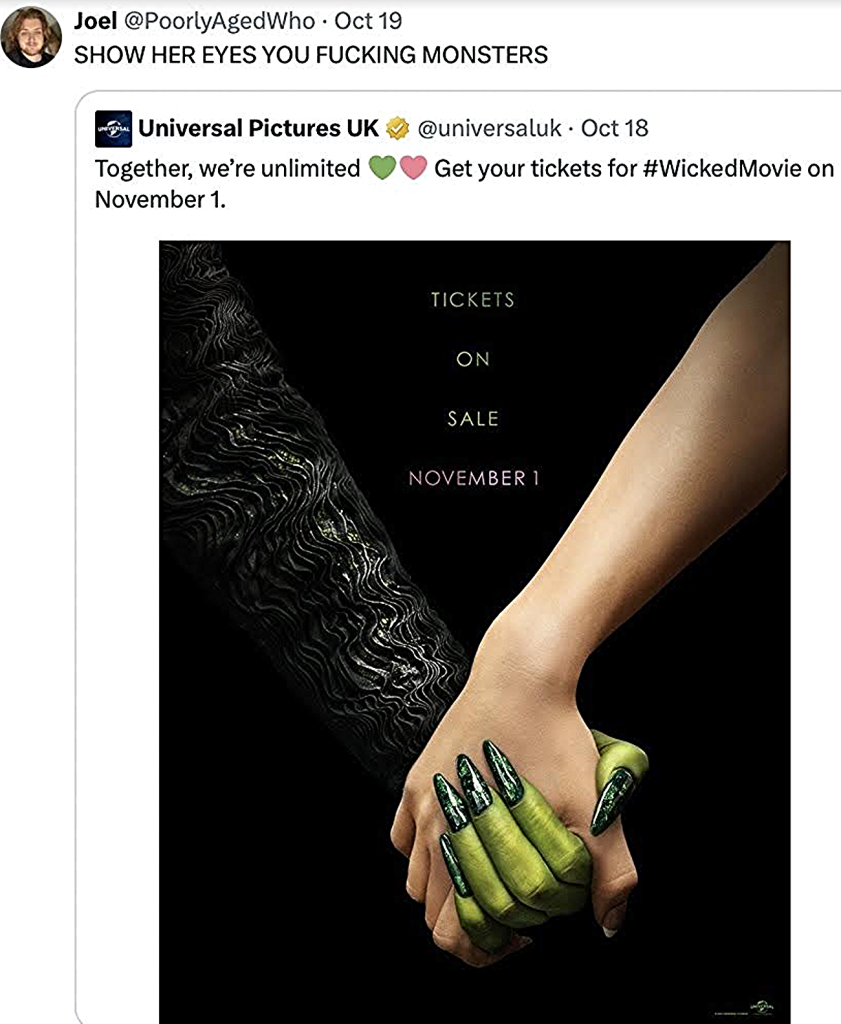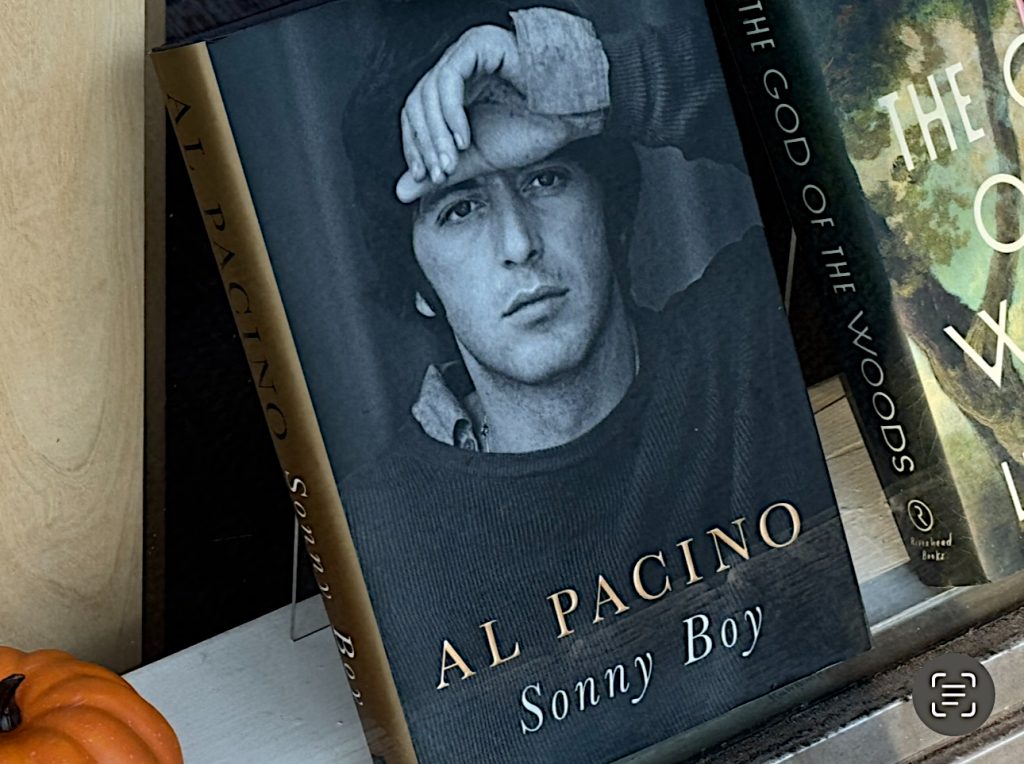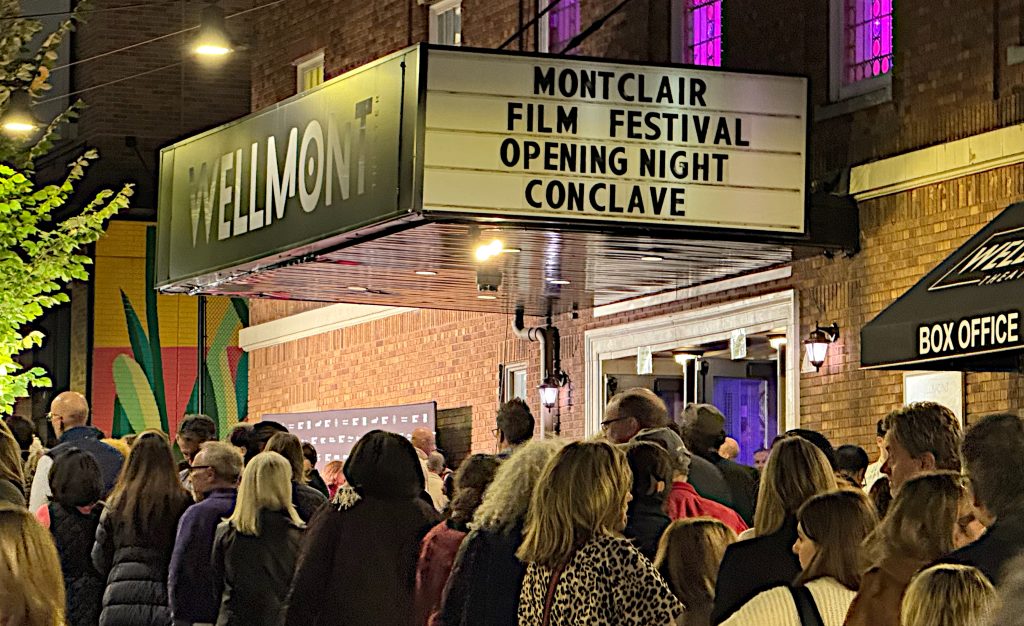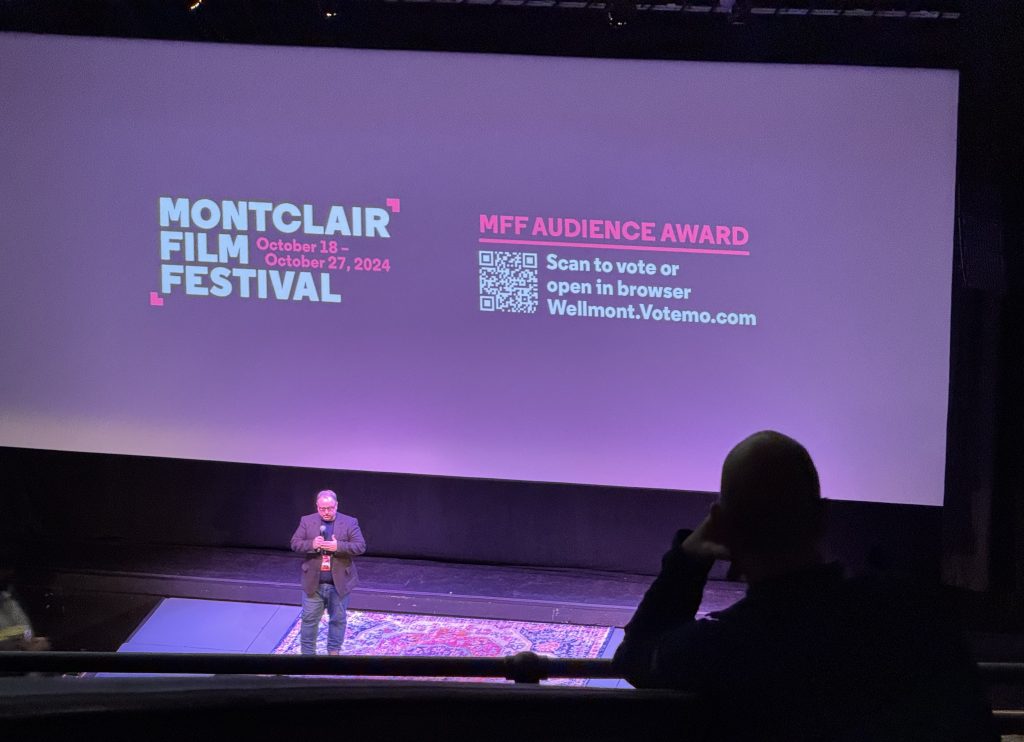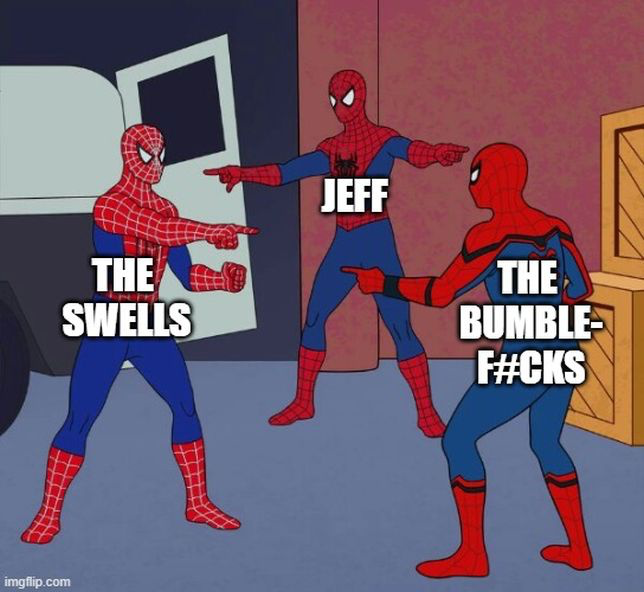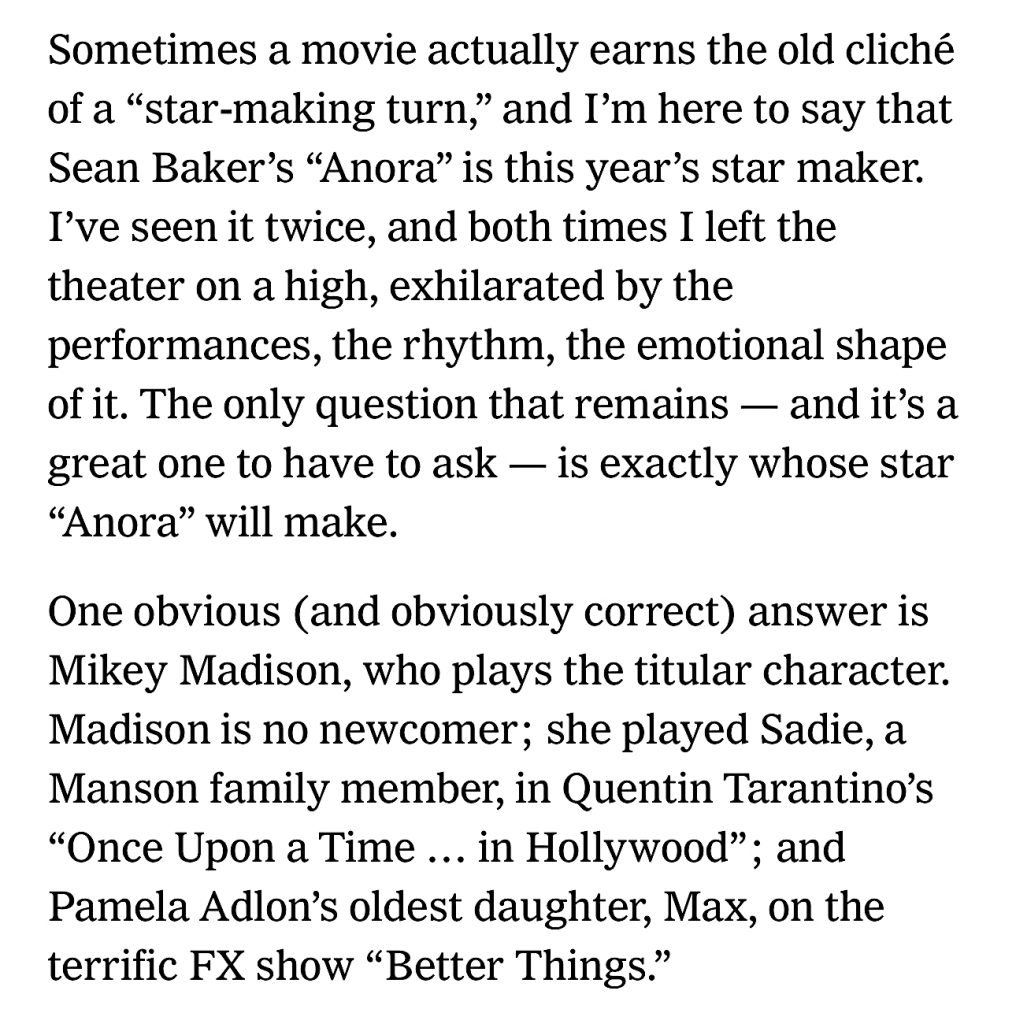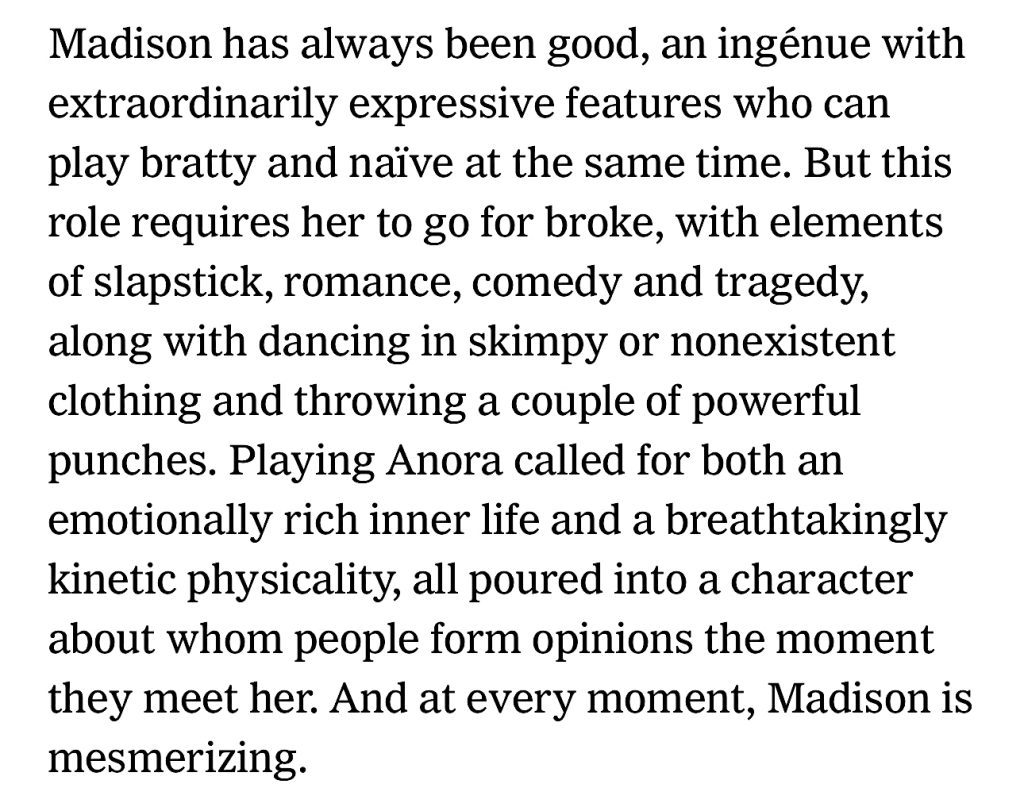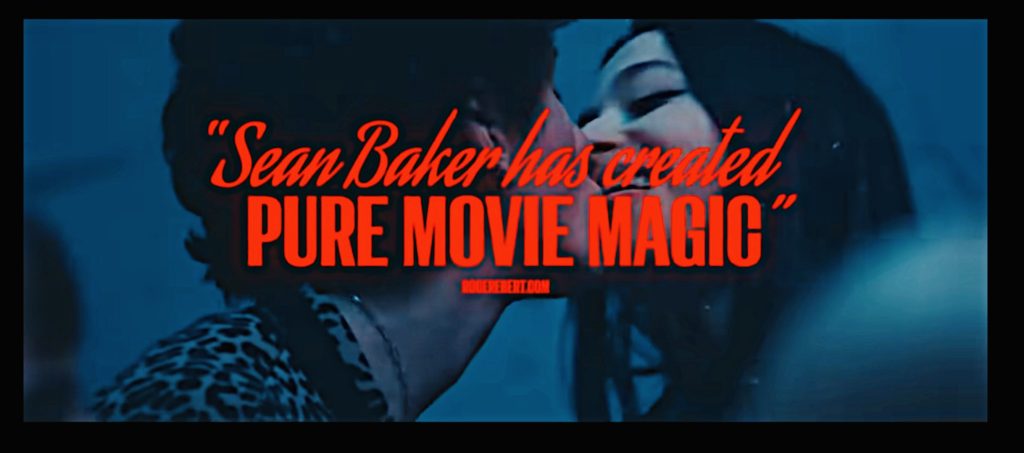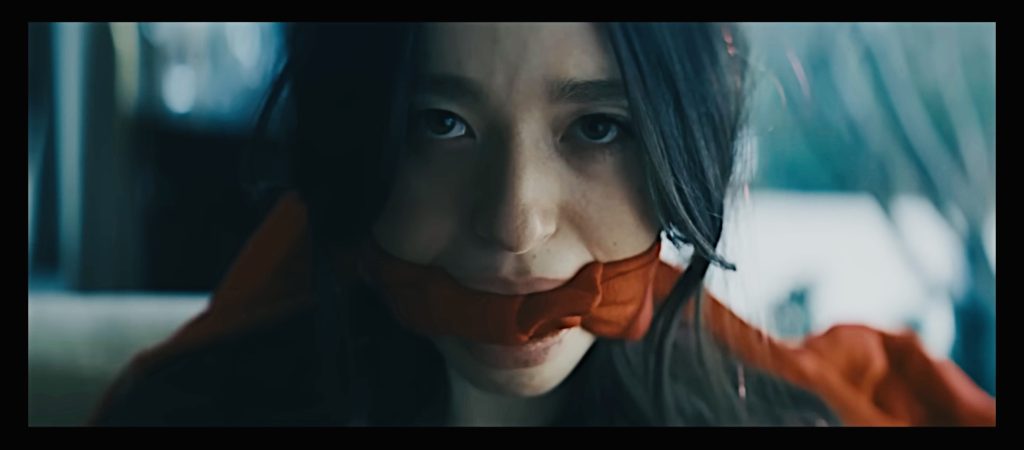Industry guy: “My wife and I responded to Karla Sofia Gascon and thought she was correctly placed in lead category. She plays the male role too. And brilliantly.”
HE: “Karla Sofia’s performance is supporting — a strong supporting performance, but definitely supporting. Why are you falling for the party line? She’s good but the hoo-hah is about her trans identity…be honest.”
Industry guy: “It’s not the trans woke thing. She’s great.”
HE: “I’ve seen Emilia Perez. I saw it in Cannes. Karla Sofia is fine but people need to calm down. On top of which her feet are too mannish. Too big and heavy. She shouldn’t wear dresses — she should wear pant suits and pumps.”
Industry guy: “She captivated the Academy crowd last night.”
HE: “[Director] Jacques Audiard was smart and tactful enough to keep Karla Sofia’s bare legs and feet out of Emilia Perez.
HE: “Naturally the Academy schlubbos are going to turn out to witness the novelty of seeing the first serious trans Best Actress contender do a personal appearance. But let’s not confuse curiosity and polite, vigorous applause with real, deep-down enthusiasm.”
Industry guy: “She was mesmerizing, playing both trans and man. Easily the audience’s favorite character. Last night’s screening was not Cannes or a festival crowd but the actual Academy voters. En masse completely different to most venues.
HE: She’ll obviously be nominated, but please. The Academy wouldn’t dare express anything but excitement and acceptance.”
Industry guy: “The after-screening foyer discussion was all about Karla and disappointment with the ending shootout.”
HE: “The shootout finale was forced…doesn’t work.”
Industry guy: “There seems to be tremendous excitement for this film. Four Academy members emailed me today, asking if I knew how they could get into the Egyptian premiere tonight. It’s oversold.”
HE: “They need to calm down. Their reactions are partly honest enthusiasm, and partly suppressed fear. No one wants to sound unappreciative or even ambivalent about trans wokeism. Being perceived as insufficiently enthusiastic is tantamount to seeming transphobic. No one wants to die on that woke gallows so they ADORE Emilia Perez, which — I’ve said this all along — is a good, commendable, sometimes very exciting film.”
HE: “Karla Sofia’s legs look like Dave Bautista’s legs, shaved. Calves and foot-wise, she’s Arnold Schwarzenegger.”
Industry guy: “This was too big a crowd to not be genuine. Her legs have nothing to do with the performance.”
Friendo: “The trans acceptance thing makes Academy members feel good — it’s like religion to them — it transcends ordinary life. But you are right. There is no chance anyone can be honest.”
Industry guy: “The audience foyer discussion was all about the brilliance of Karla’s performance as a man. She’s the center of the film. And she totally wins the viewer over. We don’t give a rat’s arse about Rita the lawyer. She’s functional. Not the lead.”
HE: “I saw it in Cannes. The Academy membership was too dumb to attend the recent Anora screening in any strength, but they poured into the Emilia Perez screening in droves. They’re frightened sheep. If James Carville was a woke-minded Netflix marketing consultant, his Emilia Perez slogan would be ‘it ain’t the performance, stupid…it’s the woke-trans bounce of it all.'”
Industry guy: “I was there when many hundreds of Academy voters watched and responded. The best actress race is between Karla Sofia and Babygirl‘s Nicole Kidman.”
HE: “Viewer truth (my own) vs. the reactions of baahing sheep….baaaahhh!”
Industry guy: “The sheep will decide.”
HE: “Funny.”
Industry guy: “Sheep always win, even if it means following the others to the cliff and then jumping.”



